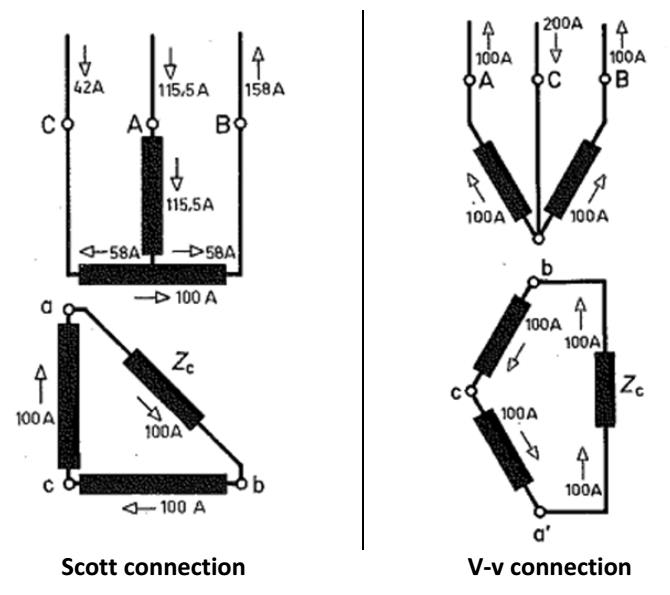Hi All,
My question arose when i had a look on switchyard of railway network. The railway network in WA (Western Australia) works at 25kV AC, the railway network is given 2 phase connection at 132kV level. My question is how is the 3rd phase balanced, since the rail draws significant load when running, how is the imbalanced encountered at transmission level?
Looking forward to the replies..
My question arose when i had a look on switchyard of railway network. The railway network in WA (Western Australia) works at 25kV AC, the railway network is given 2 phase connection at 132kV level. My question is how is the 3rd phase balanced, since the rail draws significant load when running, how is the imbalanced encountered at transmission level?
Looking forward to the replies..

